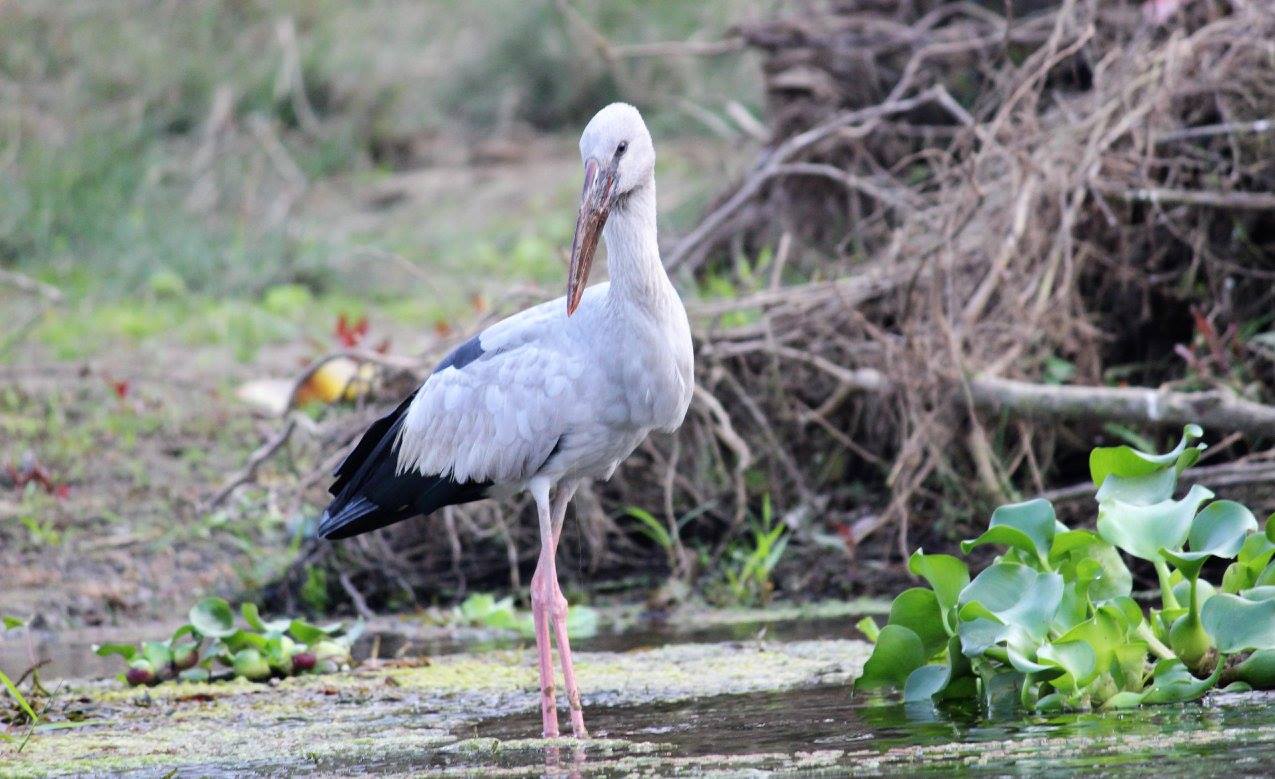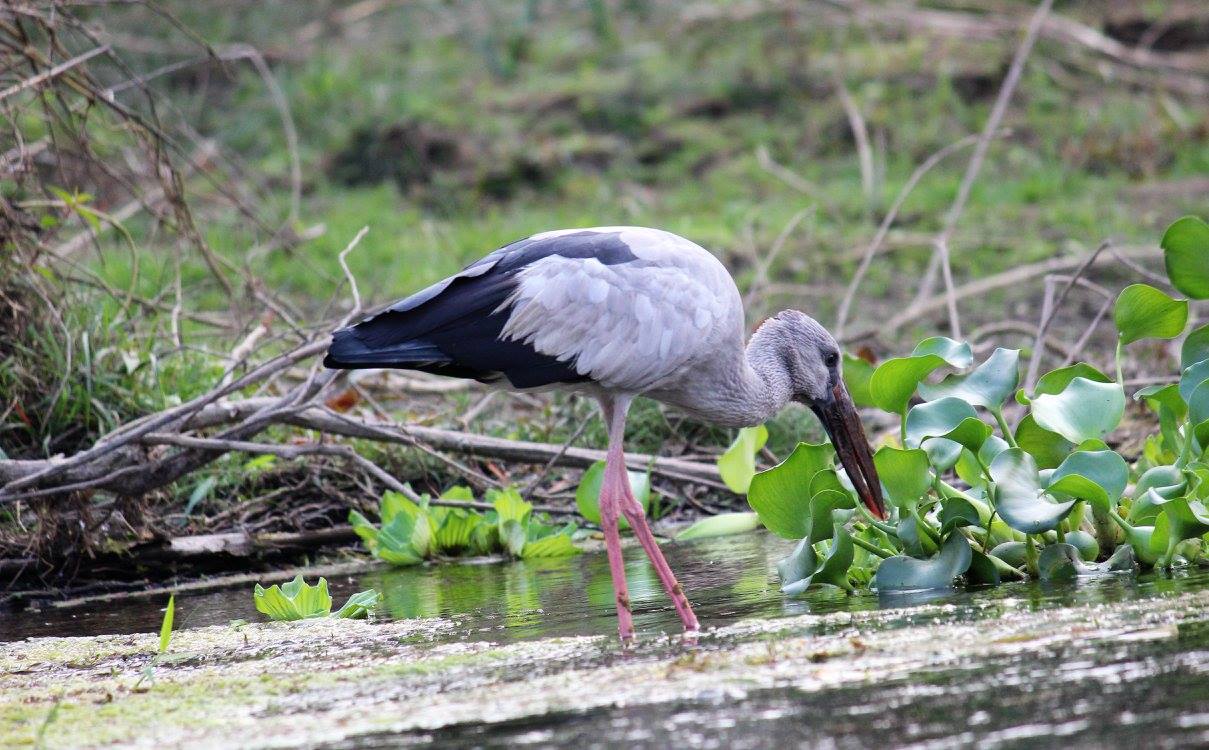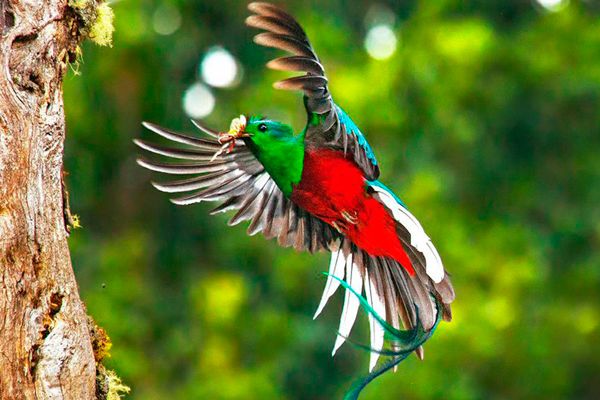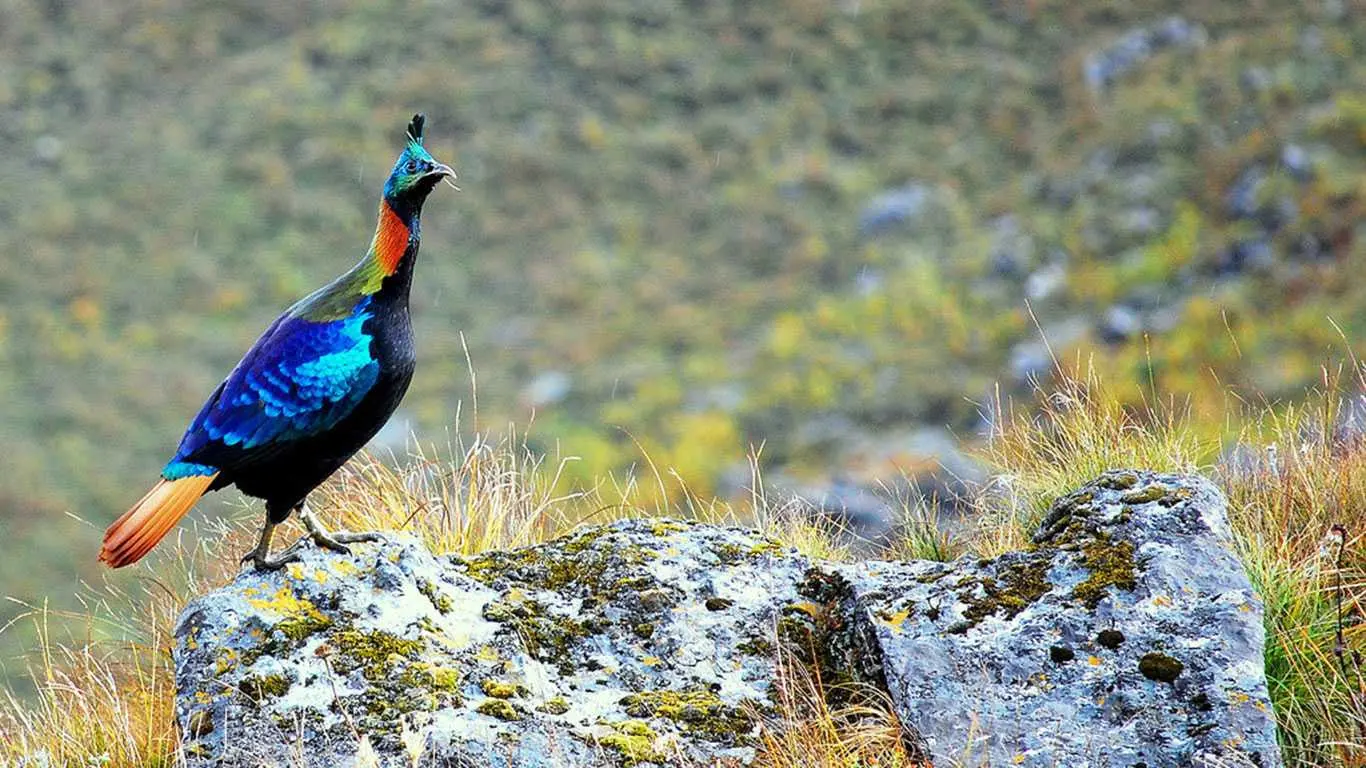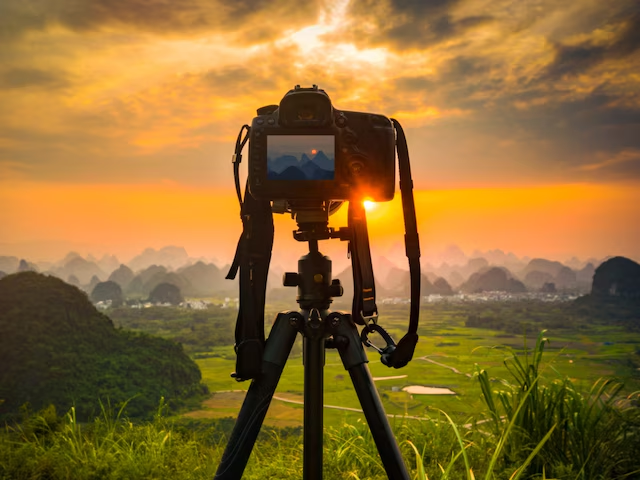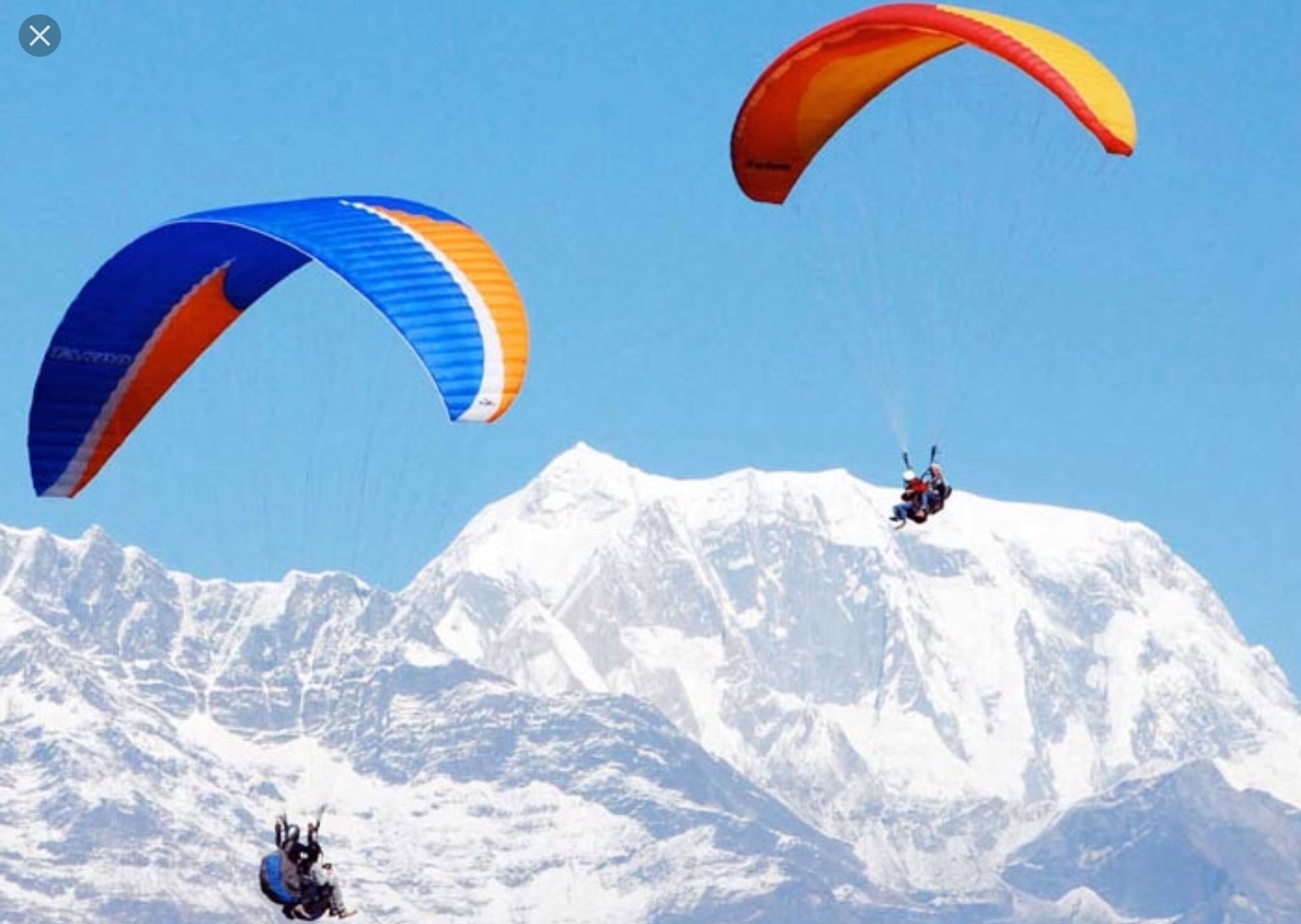Overview
Over 800 bird species – one tenth of the earth is total – have been sighted in Nepal. The country receives a high number of birds migrating between India and central Asia in spring and autumn and, because it spans so many ecosystems, provides habitats for a wide range of year-round residents. The greatest diversity of species is found in the Tarai wildlife parks, but even the Kathmandu Valley is remarkably rich in birdlife. If you are a bird/s lover or birds photographer Nepal is the probably best country in the World.
Koshi Tappu Wildlife Reserve
As well as other kinds of fauna, the Koshi Tappu Wildlife Reserve is renowned for being one of the best locations for birding. Still within Nepal’s sub-tropical Terai belt, this is the smallest (175 sq km) and Easternmost reserve in Nepal, just to the Northeast of the convergence of the Sapt Koshi and Trijuga Khola rivers. Its situation on the Sapt Koshi floodplain means that the environment of this reserve varies dramatically according to the seasons. During the Monsoon (May to September) the flow becomes torrential and covers most of the floodplain, while during the dry seasons, many flat, sandy islands are exposed. The habitat is a combination of scrub grassland and deciduous riverine forest, with over 280 species of birds recorded so far, including 20 species of duck, ibises, storks, swamp partridges (Francolinus gularis), herons, egrets, Bengal floricans (Eupodotis Bengalensis), and many other exotic and migratory waterfowl not found elsewhere in Nepal.
Kathmandu Valley
Within the Kathmandu valley alone, over 500 species of birds have been recorded. The surrounding hills offer a varied ecology ranging from primary and secondary forests to rhododendron, oak and pine forests. In addition, the wetlands and open fields inside the valley make up a diverse habitat for many species of birds.
The most popular bird watching spot is the Phulchoki hill, the highest peak on the Valley rim situated 20 km South East of Kathmandu, with some 265 species recorded to date. The birds seen here included babblers, warblers, tits, thrushes, minivets, woodpeckers, eagles and many migrant birds. Godavari, at the foot of Phulchoki hill where the Royal Botanical Garden is situated, records over 100 species of birds including the lesser racket-tailed drongo, Tibetan siskin and the spotted forktail.
Shivapuri
Situated 11km to the North of Kathmandu, is another very good location. Nagerjun Royal Forest on Jamacho hill is situated 5 km from Kathmandu on the way to Kakani from Balaju. It is a renowned sight for bird enthusiasts with blue magpies, kalij pheasants, Bonelli’s eagles, great Himalayan barbets amongst thwe many species found here.
Chitwan National Park
Chitwan National Park Is approximately five hours by road from Kathmandu or a 35 minute flight situated in the Terai region. It is renowned for its array of birds, with over 255 species recorded. There are many species of parakeets. Other birds include Blue-Throat (thrush), Long-tailed Nightjar, Indian Peafowl, Great Barbet, red-billed blue magpie and Tickell’s red-breasted blue flycatcher. A two night/three day package, staying at a lodge within the park, is an ideal way to combine bird watching with other pursuits
Bardia National Park
Bardia is also a popular destination for bird watchingsituated in the far West of Nepal it is an area of extensive jungle which iscovered by sal forest riverine and grass lands. A boat ride on the slow movingexpanse of the Karnali River provides plenty of opportunities to view a vastvariety of birds including Ruddy Shelduck, darters, brahmini kites, brownheaded gulls, cormorants, oriental pied hornbills, night heron & purple heron, cinnaon bitterns, orioles and majestic peacocks.
Trekking Regions
One of the best ways of viewing birds in Nepal is a leisurely trek through the foothills of the Kingdom. There are three main trekking areas in Nepal: the Langtang region six hours by road North of Kathmandu, the Solu Khumbu region eight hours by road East of Kathmandu and the Annapurna region, six hours by road or a 30 minute flight West of Kathmandu. Of the three trekking regions, the Annapurna region offers the widest variety of species. The region is also easily accessible.
Annapurna Conservation Area
To set the scene a little, the Annapurna region is a Conservation Area is the largest and most protected region in the World (ACA), covering around 2600sq km towards the North-central region of Nepal. The Kali Gandaki river runs North to South through this region, through the world’s deepest gorge, some 6000m below the high Annapurna and Dhaulagiri massifs, seven of these peaks are over 7000m, the highest (Annapurna I) at 8091m.




